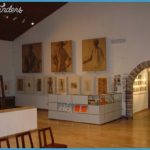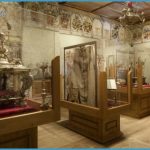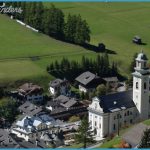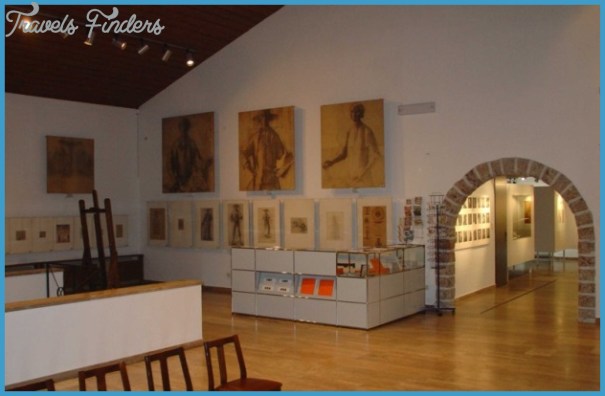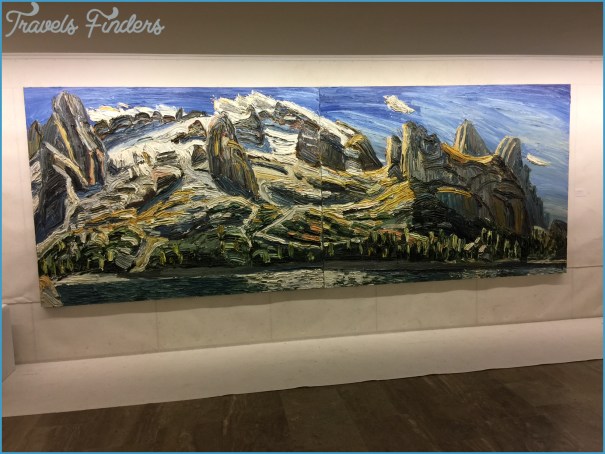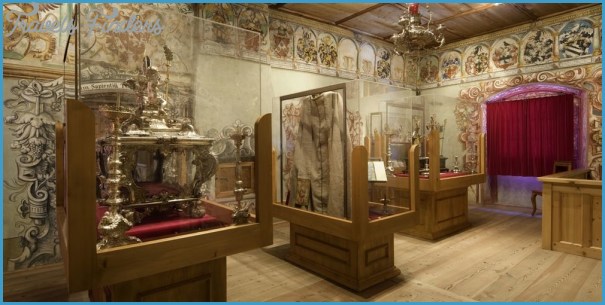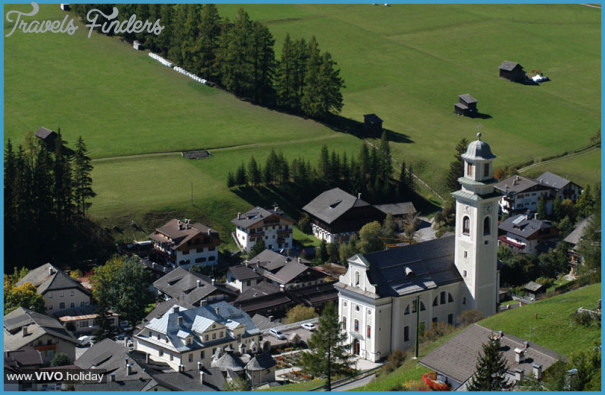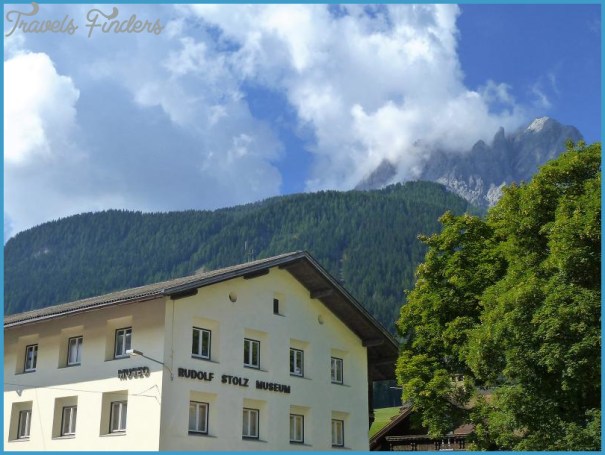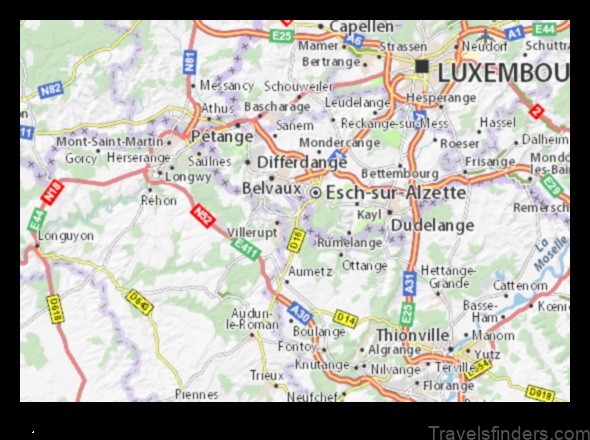STOLZ MUSEUM
Graz, capital of Styria, honours Robert Stolz (1880-1975) above all other composers. He was still living when a bust was erected in the Stadtpark, in 1972, along the Robert-Stolz-Promenade; on his centenary, in 1980, a museum to him was established. The son of two musicians, Stolz was born in the Schmiedgasse, off the Hauptplatz; the family moved to a first-floor flat in the former Palais Inzaghi nearby in the Mehlplatz when he was ten.
Even before then he had been recognized as something of a prodigy: Brahms, a family friend, attended his piano recital debut in 1887. After studies in Berlin he made his way at first as a conductor but after an encounter with Johann Strauss he turned increasingly to light music. His experience conducting operetta at the Theater an der Wien (from 1907) proved instructive and he composed an astonishing 65 operettas and musicals, mainly for Vienna and Berlin. During World War II he emigrated to the USA, turning out a steady stream of film scores before returning to Vienna, where he composed for the Eisrevue.
STOLZ MUSEUM Photo Gallery
Stolz is not overlooked in Berlin, where there is a wooden memorial plaque in the Grunewald, or in Vienna, where in 1970 he was made an honorary citizen – the more poignant, since he had forfeited his nationality during the war. There are memorial plaques on both his Grinzing villa at Cobenzlgasse 22, in the 19th district, and the building in which he owned a flat from 1935 (and where his fifth wife, Einzi’, long lived) at Elisabethstrafie 16, in the 1st district. The square adjacent to the block of flats has been renamed Robert-Stolz-Platz.
The Stolz museum in Graz displays items donated by his widow – personal possessions and photographs, furniture and old radios and a record player from their villa, sheet music, recordings, film and ice revue posters, commemorative stamps and a reel of film (Stolz was nominated for Oscars in 1941 and 1944) are ranged over three rooms. Of special interest is a copy of his father Jacob Stolz’s Allgemeine Geschichte der Musik, published in Graz in 1894. The first room, embodying an ingenious re-creation of the sitting-room in Grinzing, also serves as the reception office; a blown-up manuscript facsimile of the melody of a popular song he composed about Graz runs along the dado. In the hallway are photographs of his fifth wife (the earlier wives do not appear) and his childhood mentors; the second room is given over entirely to museum display, with four panels of chronology and four floor-to-ceiling cases. The bust by Erwin Huber is a copy of the bronze in the Stadtpark. Although there are display cases at the back and costume designs, posters and maquettes lining the walls of the third room, it is used primarily for concerts, lectures and hire; it has a stage, a grand piano and seating for 100 and can be entered separately from the museum through a foyer lined with pictures of musical personalities from the 95 years of Stolz’s life.

